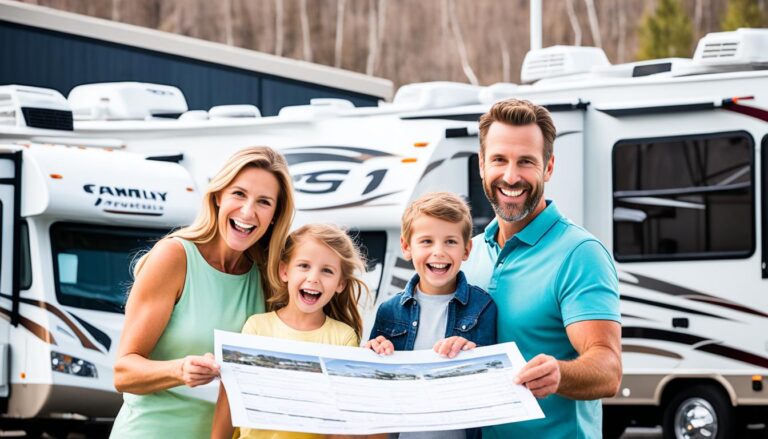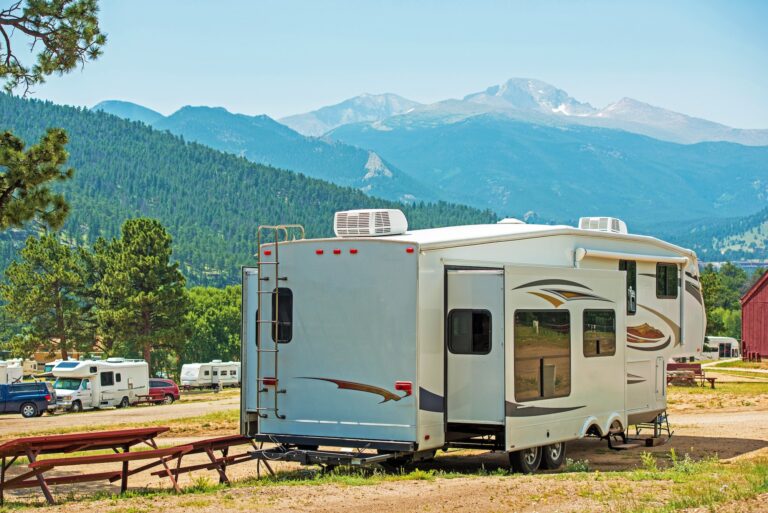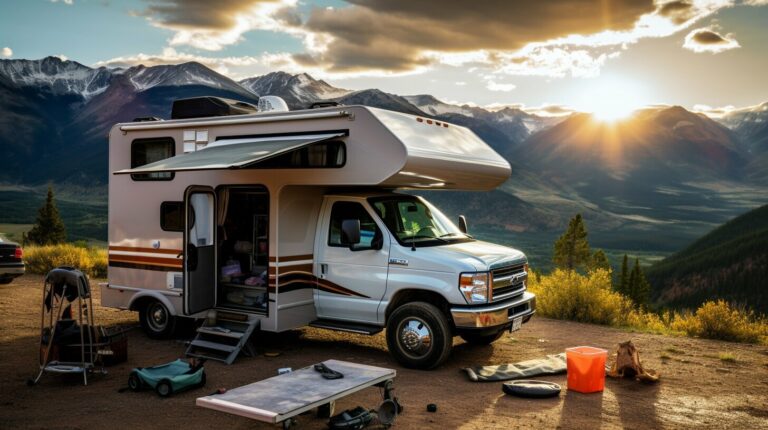Embarking on your first extended RV trip can be an exciting and rewarding experience. Exploring the open road and discovering new places while enjoying the comforts and convenience of your home on wheels is an unparalleled adventure. However, planning your first extended RV trip can also be a bit overwhelming. To help you get started, we’ve put together this comprehensive guide featuring practical tips and advice for new RVers.
1. Determine Your Travel Goals and Preferences
Before you can start planning your first extended RV trip, it’s essential to identify your travel goals and preferences. Consider the following questions:
- What type of destinations do you want to visit? Are you drawn to national parks, bustling cities, quaint small towns, or a combination of these?
- How long do you plan to travel? Will you be on the road for a few weeks, a couple of months, or even longer?
- What is your travel style? Do you prefer a fast-paced adventure with frequent stops and activities or a more leisurely pace with ample downtime?
- What is your budget? Determining your budget for the trip will help you make decisions regarding accommodations, activities, and other expenses.
Taking the time to define your travel goals and preferences will provide a solid foundation for planning your extended RV trip.
2. Research and Select Your Destinations
With your travel goals in mind, you can now research and select the destinations you’d like to visit. Here are some tips to help you choose the perfect spots for your first extended RV trip:
- Consult travel guides and online resources: Use travel guides, blogs, and online forums to discover popular destinations and hidden gems within your desired travel region.
- Consider the season: Keep in mind the weather and seasonal conditions when choosing your destinations. Some areas may be more enjoyable during specific times of the year.
- Factor in driving distance and time: Be realistic about the time it takes to drive between destinations, and allow for rest breaks and unexpected detours.
- Prioritize your must-see attractions: Make a list of your top must-see attractions and prioritize them when planning your route.
- Be flexible: Allow room in your itinerary for spontaneity and last-minute changes. You may discover new places along the way or decide to spend more time in a particular location.
3. Plan Your Route and Overnight Stays
Next, it’s time to plan your travel route and determine where you’ll stay overnight. Follow these steps to create a well-thought-out itinerary:
- Map out your route: Use a mapping app or website specifically designed for RV travel, such as RV Trip Wizard or Roadtrippers, to help you plan your route and calculate driving distances and times.
- Research campgrounds and RV parks: Look for campgrounds and RV parks that meet your preferences, budget, and accommodation requirements. Consider proximity to attractions, amenities, and availability of hookups.
- Make reservations: For popular destinations or during peak travel seasons, it’s wise to book your campgrounds or RV parks in advance. This ensures you have a spot to stay and can help you avoid last-minute stress.
- Plan for rest days and travel days: Incorporate rest days into your itinerary to allow time for relaxation, laundry, grocery shopping, and other necessary tasks. Also, consider how many hours you’re comfortable driving each day and plan your overnight stops accordingly.
- Have a Plan B: Always have a backup plan for overnight stays in case of unforeseen circumstances, such as bad weather or a change in your itinerary.
4. Prepare Your RV and Gather Essential Supplies
Properly preparing your RV and gathering essential supplies is crucial for a successful extended RV trip. Here are some important tasks to complete before hitting the road:
- Inspect and maintain your RV: Perform a thorough inspection of your RV, checking for any necessary maintenance or repairs. This includes checking tire pressure, fluid levels, and the condition of your brakes, as well as testing all appliances and systems.
- Pack necessary RV supplies: Ensure you have all the necessary RV supplies, such as freshwater and sewer hoses, electrical adapters, leveling blocks, and a tire pressure gauge.
- Gather navigation tools: Bring along physical maps or atlases as a backup to your GPS device or smartphone app.
- Stock up on food and essentials: Plan your meals and shop for groceries, toiletries, and other essentials before hitting the road. Keep in mind the storage capacity of your RV’s refrigerator and pantry.
- Pack personal items and clothing: Bring clothing and personal items suitable for the weather and activities at your chosen destinations. Don’t forget to include any necessary medications, eyewear, or other essential personal items.
5. Familiarize Yourself with RV Etiquette and Safety
Before embarking on your extended RV trip, it’s essentialto familiarize yourself with RV etiquette and safety practices. This will help ensure a smooth and enjoyable experience for both you and your fellow travelers. Here are some key points to keep in mind:
- Follow campground rules: Always adhere to the rules and regulations of the campgrounds and RV parks you visit. This includes observing quiet hours, properly disposing of trash and waste, and respecting your neighbors’ privacy and space.
- Drive safely: Be aware of your RV’s height, width, and weight limitations, and adjust your driving habits accordingly. Allow for extra stopping distance, use your mirrors, and always signal your intentions to change lanes or turn.
- Practice proper towing techniques: If you’re towing a vehicle or trailer, familiarize yourself with proper hitching, towing, and backing up techniques to ensure a safe and stress-free journey.
- Secure your belongings: Make sure all your belongings are securely stored before hitting the road. This includes securing cabinet doors, drawers, and loose items to prevent damage or injury while in motion.
- Develop an emergency plan: Create an emergency plan that includes contact information for family members, important medical information, and a list of nearby hospitals or medical facilities along your route. Also, ensure you have a well-stocked first aid kit on board.
6. Stay Connected and Organized on the Road
Staying connected and organized during your extended RV trip can help reduce stress and make your journey more enjoyable. Consider these tips for staying on top of things while on the road:
- Develop a routine: Establish a daily routine that includes meal planning, tidying up, and checking your RV’s systems and supplies. This will help ensure your trip runs smoothly and your living space remains comfortable.
- Stay connected with family and friends: Keep in touch with loved ones back home through phone calls, text messages, emails, or social media updates to share your experiences and maintain a support network.
- Track your expenses: Use a budgeting app or spreadsheet to track your expenses and monitor your spending. This will help you stay within your budget and make necessary adjustments along the way.
- Organize your digital resources: Bookmark or save links to helpful websites, apps, or online resources related to RV travel, campground reservations, or destination information for easy access while on the road.
- Keep a travel journal or blog: Document your experiences, thoughts, and memories by keeping a travel journal or blog. This will not only serve as a keepsake but also help you reflect on your journey and share your experiences with others.
In Conclusion
Planning your first extended RV trip can feel like a daunting task, but breaking it down into manageable steps will make the process much more approachable. To recap, here are six key steps to planning a successful extended RV adventure:
- Determine your travel goals and preferences.
- Research and select your destinations.
- Plan your route and overnight stays.
- Prepare your RV and gather essential supplies.
- Familiarize yourself with RV etiquette and safety.
- Stay connected and organized on the road.
By following these steps and approaching your trip with a sense of adventure and flexibility, you’ll be well on your way to enjoying an unforgettable RV journey. Happy travels!






